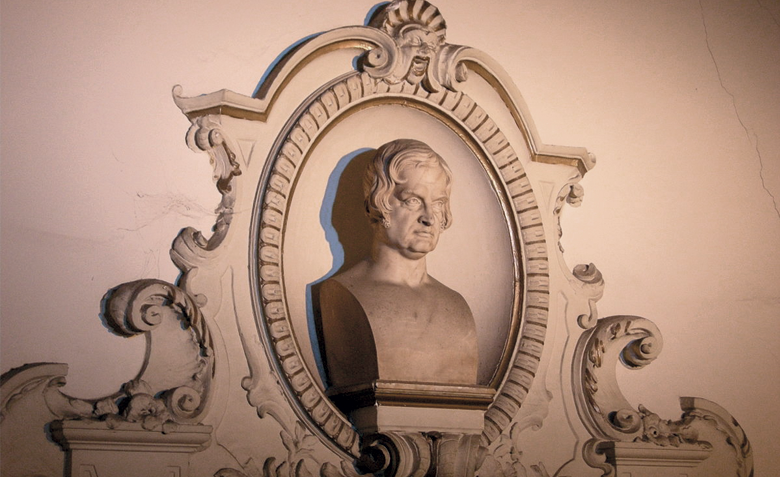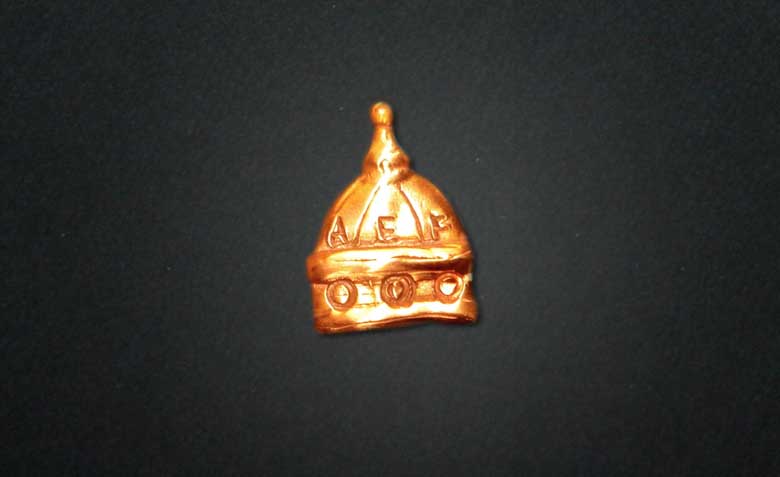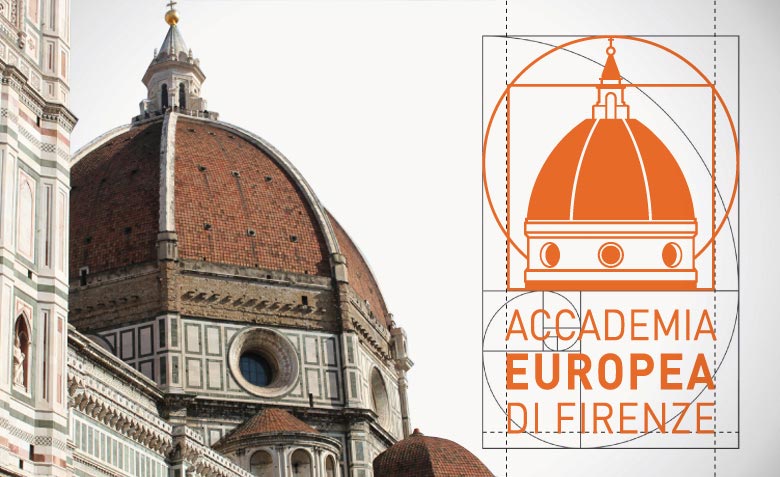Florence has always been a city where art, history, and culture converge to create something truly extraordinary. It is a place where the past speaks to the present, where every street corner echoes with the legacy of great masters, and where artistic excellence is a way of life. Among its many cultural institutions, Accademia Europea di Firenze (AEF) stands out as a beacon of musical and artistic education, offering students from around the world the opportunity to develop their talents in a city that has inspired countless generations of artists.
AEF: History and People

A few steps from the Duomo, in via Cavour, one of the main streets of Florence, stands Palazzo Niccolini, our school headquarters. We have already told you about the stories that have taken place between its walls, but what do we know about the great Tuscan dramatist after whom this building is named?

Living and studying in Florence, a city steeped in history and art, means experiencing harmony and beauty first-hand. The AEF logo represents this sense of balance, with the Brunelleschi's Dome inscribed in the square and the circle of the Vitruvian Man, and the lettering positioned respecting the proportions of the golden section.

Our school logo, as you will know, represents the Dome of the Duomo Cathedral. Symbol of excellence of the city of Florence that dominates from its 116 meters of height, that of Brunelleschi is the largest masonry dome ever built and is located a few steps from our headquarters, the prestigious Palazzo Niccolini.

Palazzo Niccolini, the AEF Headquarters, is a historic building located on via Cavour n. 37, one of the most important streets of the city of Florence. Originally, it was called via Larga degli Spadai due to the presence of numerous workshops of armorers who forged swords, but soon the name is simplified in Via Larga in everyday use.
During that time, what made the road magnificent was its breadth compared to others, as evidenced by the 18th century engraving by Giuseppe Zocchi. The current name is dedicated to Camillo Benso, Count of Cavour, a central figure in Italian history, who fundamentally contributed to the unification of the Italian State. He died a few months after the proclamation of the Kingdom of Italy, which took place on March 17, 1861, and in the wake of patriotic emotions and enthusiasm, on June 27 of the same year, Marquis Ferdinando Bartolommei, standard-bearer of Florence, proposed to name the street after him, which up until then had been called Via Larga.




